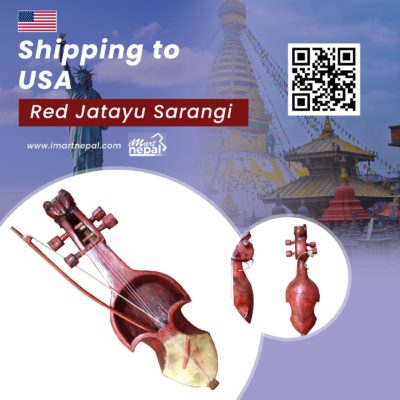
Similar Posts
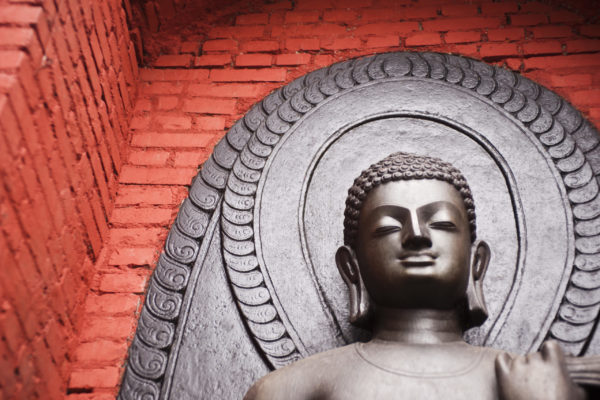
Most Interesting Thing One Could See in Nepal
Nepal: Land of Mysteries
If you are traveling to Nepal, there are so many things that you should know so that your subconscious will be prepared to deal with every improbable encounter which may befall upon you. Social norms set by the oriental religions like Hinduism and Buddhism, you can feel the aura of mysticism around the temples like Pashupatinath and Swayambhunath.
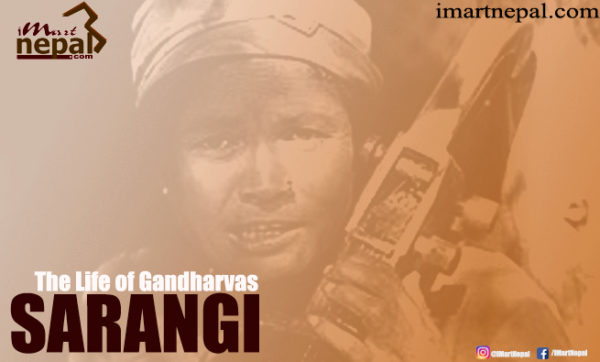
Sarangi | Musical Instruments

Sarangi – Nepali Musical Instrument
Sarangi is a traditional folk musical instrument of Gandharva community of Kaski district.Sarangi is also found in Indian classical music but the Sarangi of Nepal has only 4 strings. Traditionally it was played by only the Gaine or Gandarva caste. Today it has found its way to more main stream Nepali music.
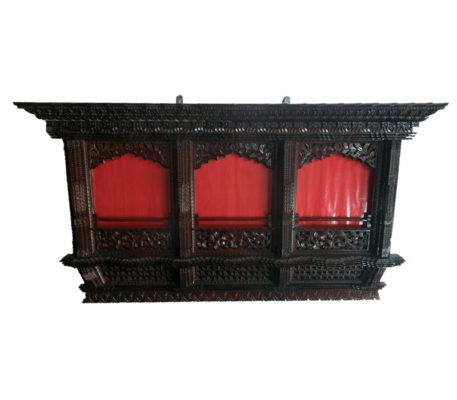
Traditional Wooden Frame & Craft Decor Inspiration
Top Traditional Wooden Decors Inspiration That Can Enhance Your Home’s Look
The art of woodcarving has been a part of traditional architecture. The traditional styles of decorating home are still popular. Home, which has been decorated with wooden decor always manifest authenticity. Even in the first half of 21st century, houses were totally decorated with wood but now only some houses can be seen where significant amount of wood art have been used. By using wooden art on our dwelling place, we can make our home beautiful and environment friendly. Especially Traditional window frame have become legendary artwork in many countries. The shrines of Nepal which are totally decorated by wooden frame reveal the true value of wooden artwork. Thus following the importance of wooden craft this post concludes some of the finest handmade wooden decors from Nepal.
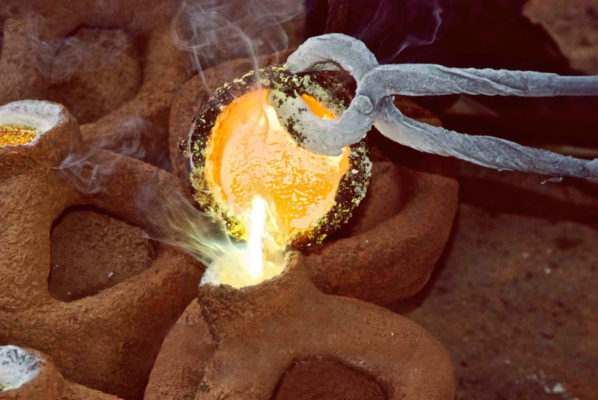
MetalCraft in Nepal – How they are made
Before making the copper, bronze (with gold or silver plated) metal Crafts, first all the…


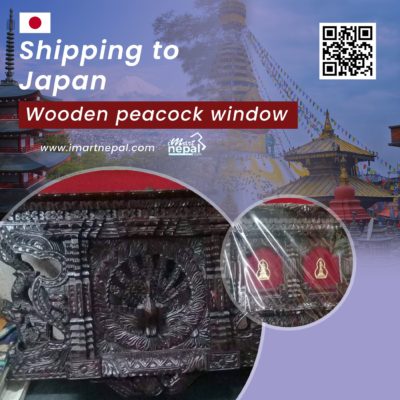
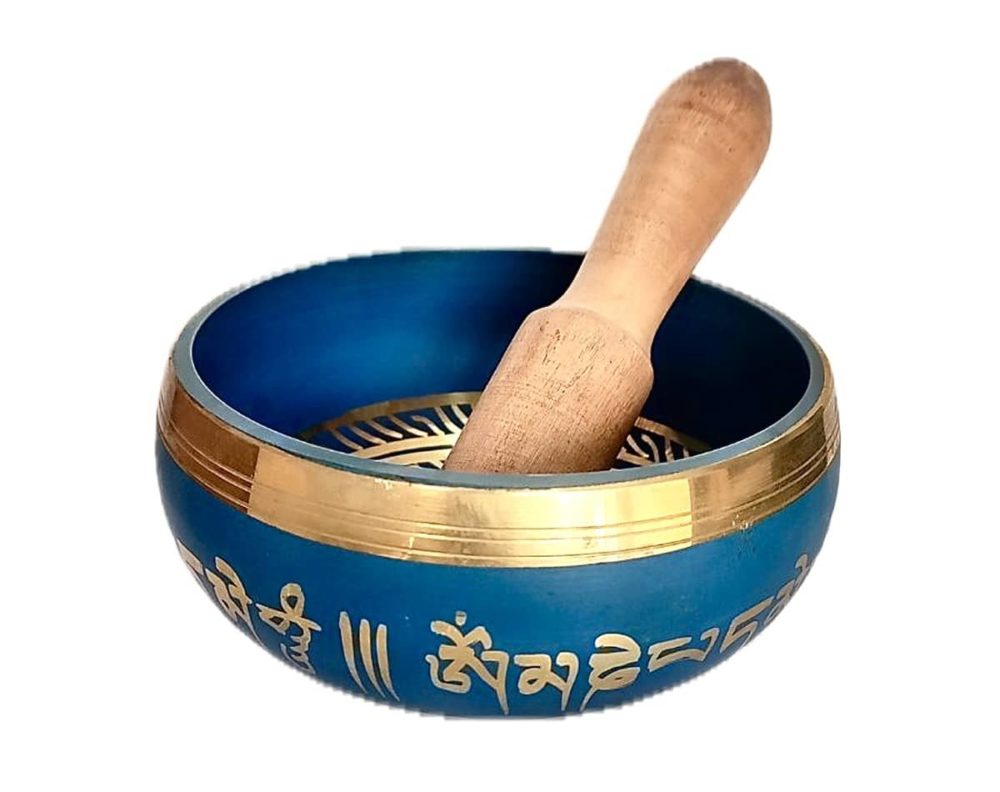 Eternal Knot Etched Singing Bowl
Eternal Knot Etched Singing Bowl  Endless Knot Singing Bowl
Endless Knot Singing Bowl  test product
test product 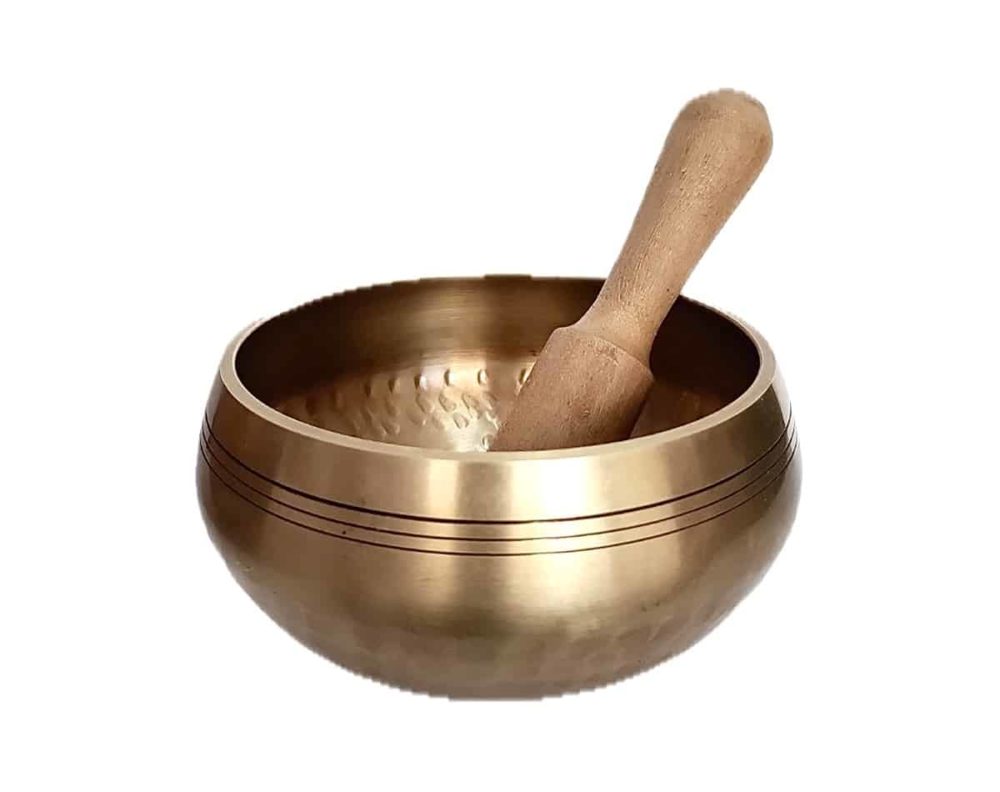 Hand-Hammered Brass Singing Bowl
Hand-Hammered Brass Singing Bowl 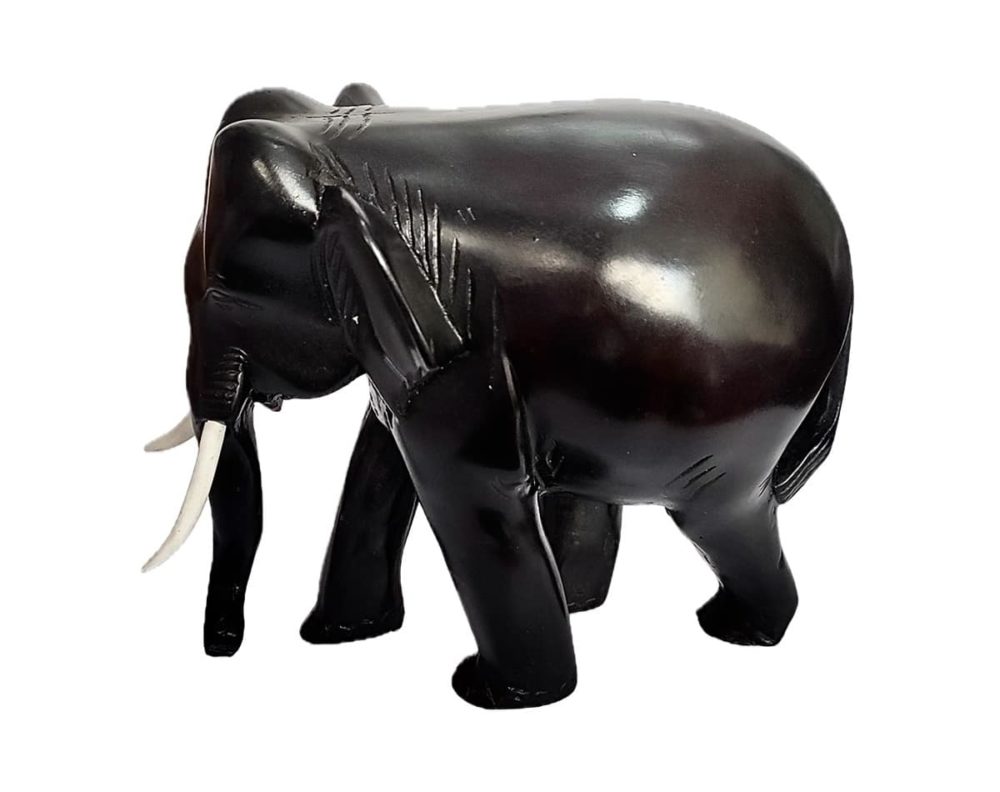 Elephant (Black)
Elephant (Black) 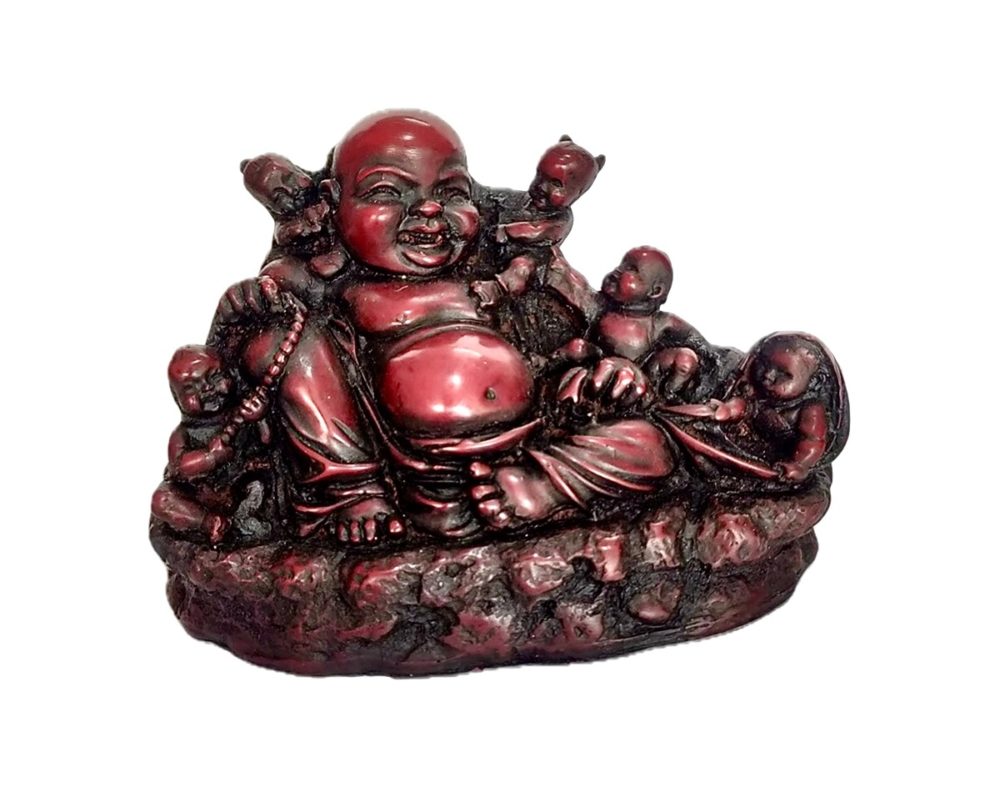 Laughing Buddha with Children
Laughing Buddha with Children 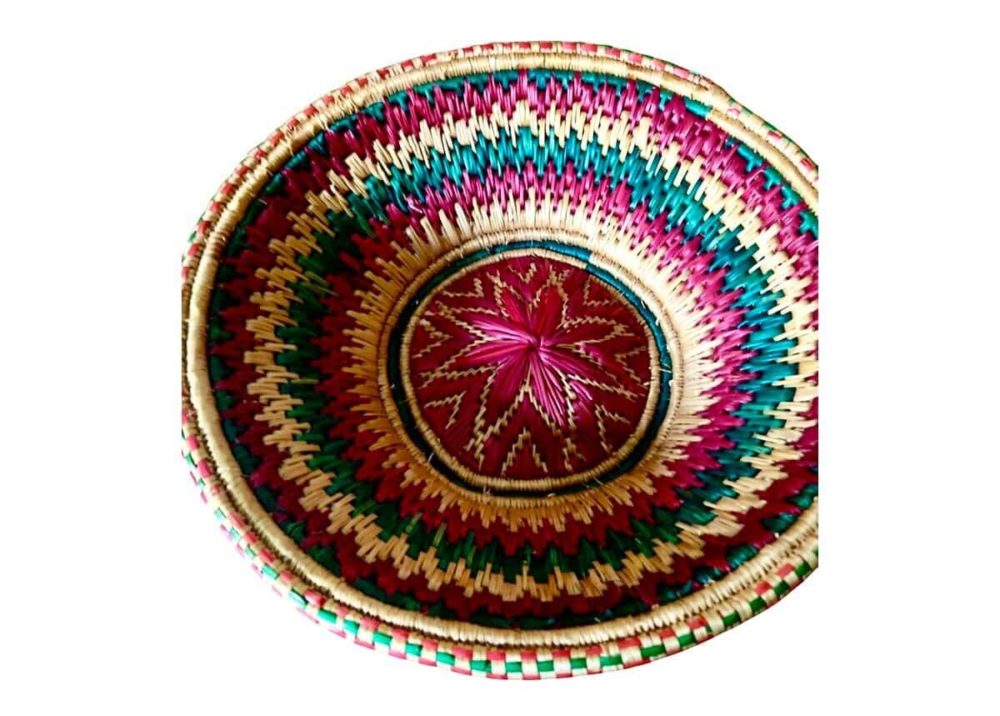 Ethnic Mithila Basket
Ethnic Mithila Basket 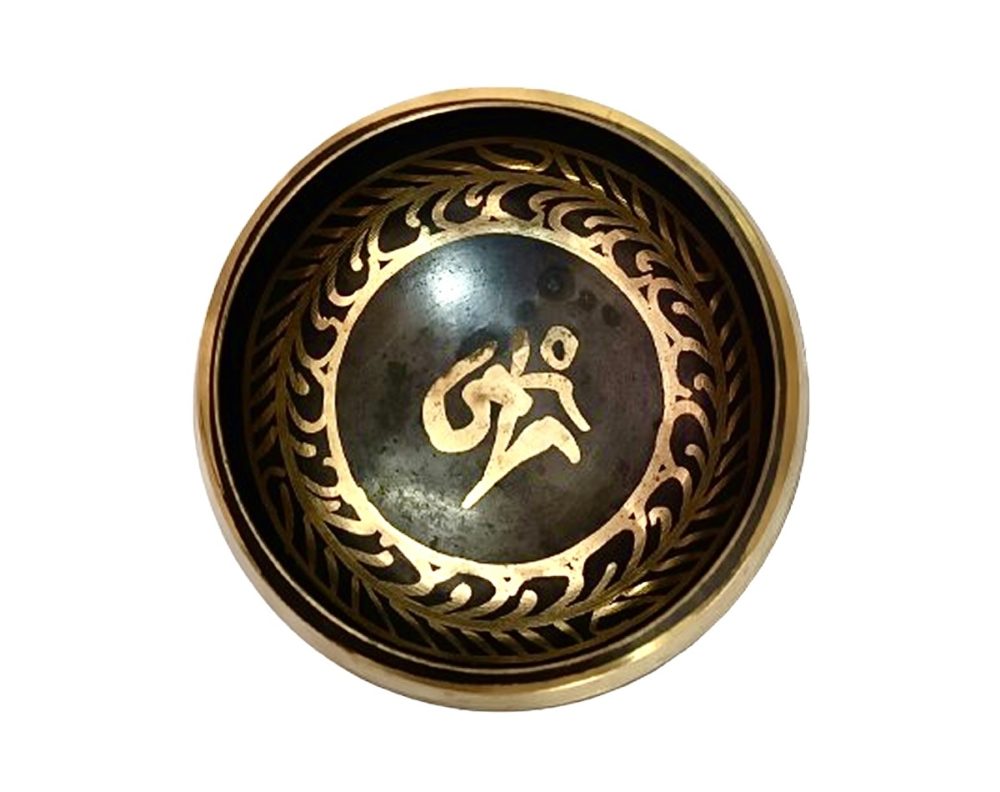 Brass Om Meditation Bowl
Brass Om Meditation Bowl 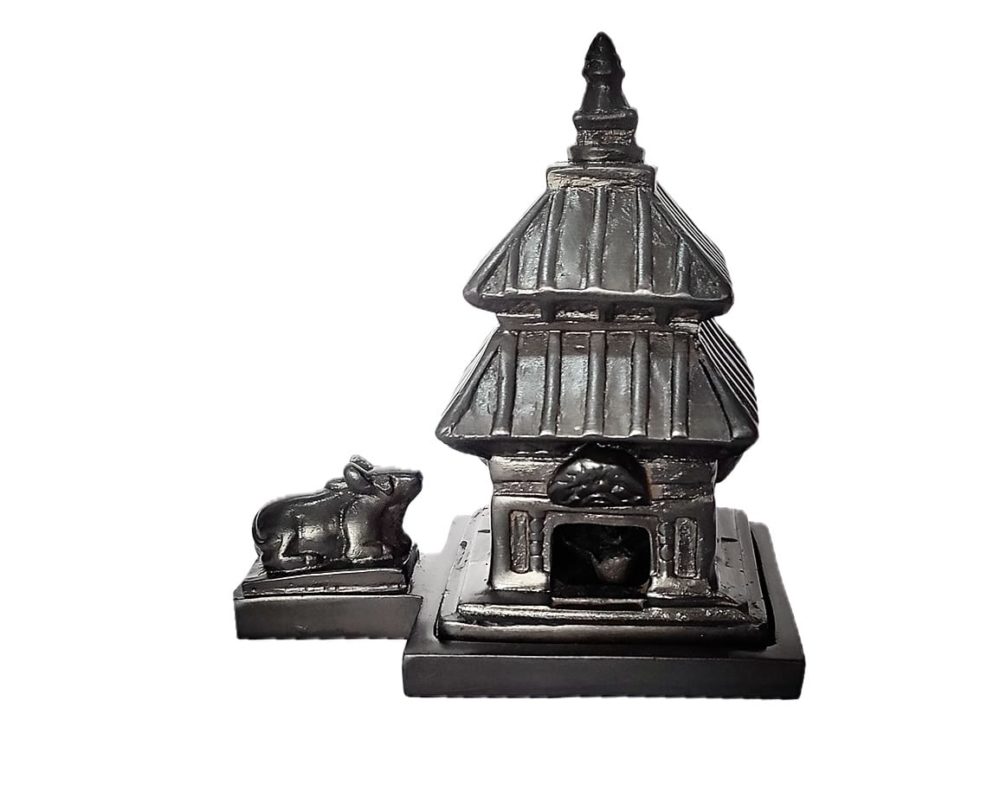 Mini Pashupati Temple
Mini Pashupati Temple 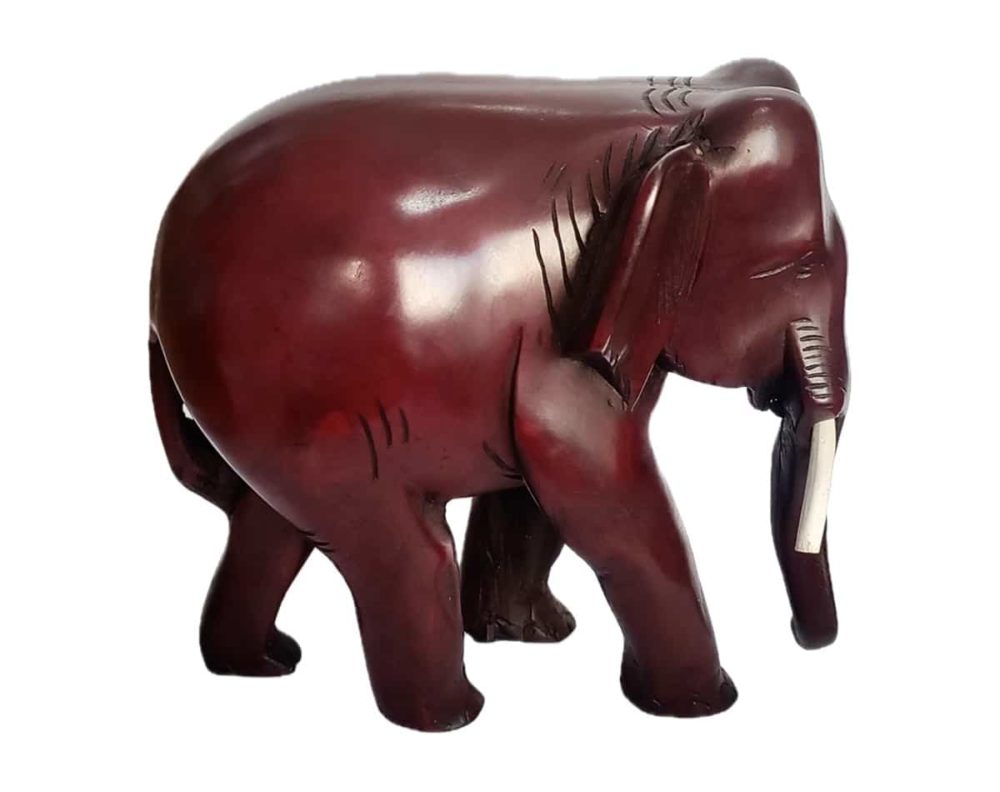 Elephant (Red)
Elephant (Red)